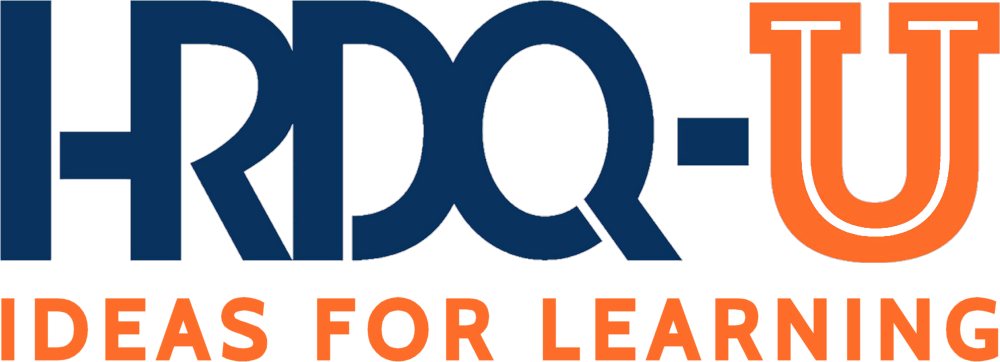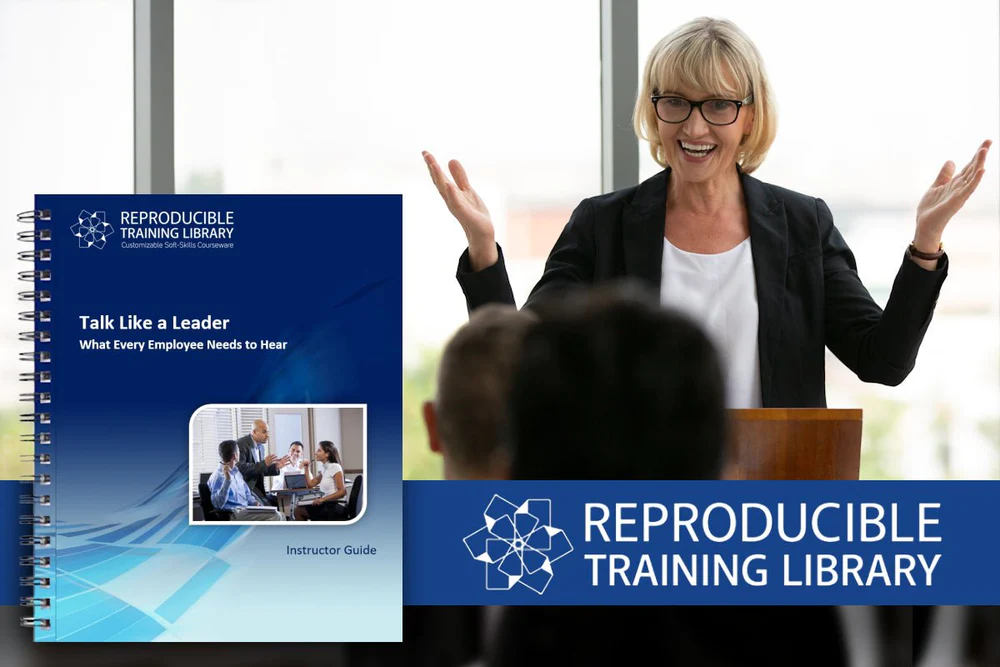Why Transparency Is Key in Leading Change
At its core, one of the biggest causes of resistance to change is fear and anxiety – fear of the unknown and of what’s happening next. However, openness cuts through that when people understand why something is happening and/or the reasons behind decisions. In Lord of the Rings, even the most reluctant main characters agree to embark on the journey only when they completely understand the full weight of what’s going on and what’s at stake.
As a leader, transparency is one of your best weapons in developing trust. If the people you lead believe what you’re saying is true, they’ll have an easier time hearing what you say – even if they don’t like it.
Transparency, defined broadly here as allowing information to flow freely, has long been identified as a key factor in improving performance. In the book “Outliers,” author Malcolm Gladwell reviewed data from numerous airline crashes and found that the common theme among them was a failure of teamwork and communication. Inevitably, one pilot knew critical information but didn’t share it with the other pilot.
Conversely, sharing information freely with people has a strong correlation to improved performance and buy-in. A Harvard Business Review article cites a NASA study that found flight crews that consistently shared information and encouraged open dialogue routinely made better decisions.
Whether you prefer to hold onto information because
- you believe it’s power,
- you worried that employees will handle things poorly and be angry,
- you believe you’re more capable of handling that information than employees.
Transparency done well can prevent all of those. So, how can a leader be more open?
Strategies for Transparent Communication
- Be clear and start with why: You should start by communicating the reasons behind the change clearly and in a way that leaves no room for misinterpretation.
- Be consistent: The message shouldn’t change from group to group or employee to employee. Predictability is vital to signal that you won’t make decisions arbitrarily. Employees will invariably talk to each other, so any changes in the story will be quickly discovered.
- Be compassionate: Acknowledge that change is difficult and take the time to hear out employees’ concerns about the change. It’s not about changing people’s minds; it’s about understanding their worldview and what drives them.
- Be open about the process: Share details on timelines, expected outcomes, and any known challenges. Include what factors led to that decision.
- Encourage questions: Create an environment where employees feel comfortable asking about the changes and how they might be affected. You may get pushback or anger. Lean into it and go back to tips three and eight.
- Release regular updates: Send out emails, host town halls, or set up Q&A sessions to keep everyone informed at every stage of the change. This can’t be a one-time announcement – it needs to be an ongoing dialogue.
- Admit mistakes: Things will inevitably go wrong, sometimes even because of a decision you made. The more you acknowledge this and take responsibility without excuse, the more you set an example for employees to feel comfortable also owning up to mistakes. It also demonstrates that you’re not hiding anything.
- Get comfortable with difficult conversations: Whether it’s hearing difficult feedback, delivering hard feedback, or facilitating productive conflict, it’s vital to embrace and lean into hard conversations that open up dialogue without being hurtful.
Build Buy-In and Reduce Resistance
In 2000, Andrew Moorfield built an Internet lending platform for small businesses. At one point early on, he didn’t have enough money to make payroll that month. Most leaders’ instincts would be to hide that info, but he approached it differently. He pulled all 25 employees together to explain the situation with full transparency.
Andrew then did something unexpected; he asked all his employees what they thought he should do about it. This led to a creative solution that he would have never thought of – they suggested that a portion of the employees went without their salary for a period rather than everyone taking a pay cut. It worked, and the company became successful and was able to pay everyone what they were owed.
In an age where information is more readily available to people via social media and the internet, leaders are only doing themselves and their organizations a disservice by not creating a culture of openness and transparency. Rather, candor and honesty can go a long way to making team members feel included in the process and increase the probability of them supporting the change. Whatever momentary discomfort may occur, the benefit of having employees getting on board can transform change into an inclusive and less intimidating process.




























